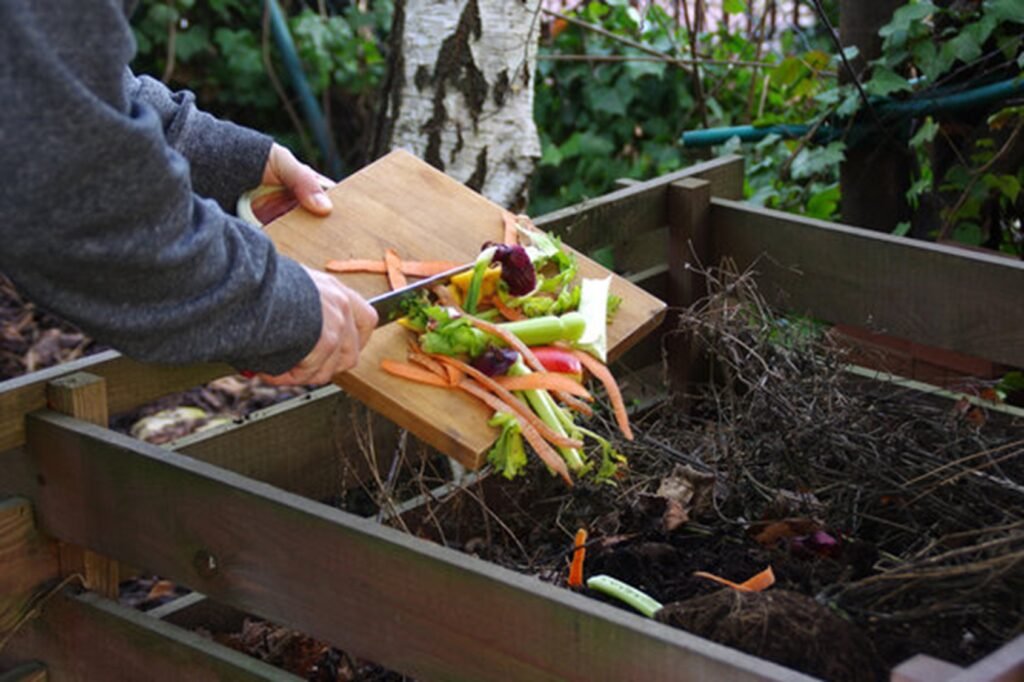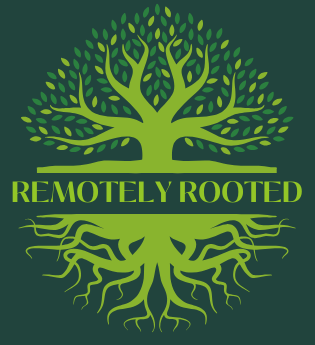
Understanding Waste Management and Composting
Waste management encompasses the collection, treatment, and disposal of waste materials generated by human activities. It plays a vital role in preserving environmental sustainability, as improper waste disposal can lead to severe consequences such as land, water, and air pollution. Managing waste effectively not only enhances the quality of life within communities but also minimizes the impact on surrounding ecosystems. Various methods of waste disposal are employed worldwide, including landfilling, incineration, recycling, and composting. Each method has its advantages and challenges, with composting emerging as a particularly eco-friendly option.
Composting, in essence, refers to the aerobic decomposition of organic material, such as food scraps and yard waste, into a nutrient-rich soil amendment. This natural process transforms waste that would typically contribute to landfill overflow into a valuable resource. By mitigating the volume of organic waste sent to landfills, composting significantly reduces methane emissions, a potent greenhouse gas generated during anaerobic decomposition. Moreover, it enriches soil health, fosters biodiversity, and promotes plant growth, aligning with principles of sustainable agriculture.
To understand composting, it is essential to familiarize oneself with key concepts and terminology. These include carbon-to-nitrogen ratios, the importance of aeration, and the role of microorganisms in breaking down organic matter. Various composting methods, such as backyard composting, vermicomposting with worms, and larger-scale composting systems, cater to different needs and preferences. Each approach aims to convert organic waste into compost while maximizing efficiency and minimizing environmental impact. As communities become increasingly aware of the importance of managing waste sustainably, composting emerges as a significant practice that supports ecological balance and resource conservation.
Comparing Different Composting Toilet Systems
Composting toilets have emerged as a sustainable waste management solution, especially in remote areas where conventional sewage systems may not be viable. There are several types of composting toilet systems available, each designed to cater to different needs and preferences. This section will analyze self-contained units, central composting systems, and urine-diverting toilets, highlighting their unique features, usability, maintenance requirements, cost-effectiveness, and environmental impact.
Self-contained composting toilet units are compact systems ideal for small spaces, such as cabins or tiny homes. They combine both toilet and composting functionality in one unit, making them relatively easy to install and maintain. However, these units typically require frequent monitoring and may need additional bulking agents to facilitate composting. This type may be less cost-effective in the long run, considering the additional maintenance and space limitations.
- No one – and I mean no one – will beat my customer service and individual support
- Easy to install by any reasonably handy person.
- Absolutely No Odor. No Maintenance. 5 Year Warranty.
- Self contained toilet with built-in containers for both solid and liquid waste
- Hygienic and odourless
- Perfect for small gardens, caravans, tiny houses or boats
- What’s Included – Every Dry Flush Waterless Toilet comes with a Battery and Charger, Cable, 2 Cartridges and 1 Bottle of…
- Easy to Use – No bulking material or chemicals required. No complicated setup. When a cartridge is full, just remove and…
- 100% Odorless – The patented design of the Dry Flush toilet captures the waste and contains any odors. No more embarrass…
- ODORLESS: The separation function effectively prevents the formation of odors. By avoiding chemicals and water, you are …
- BUILT TOUGH: Manufactured and assembled in Ohio, USA with quality built in. Clean and simple design holds up to 550lbs.
- HYGIENIC: Removable solids bin and urine bottle make it easy to empty and clean. Waste capacity for solids waste is 25-3…
Central composting systems, on the other hand, involve a distinct toilet fixture that connects to a separate composting chamber. These systems can process waste from multiple toilets in larger buildings or communities. One significant advantage is the capacity to handle more waste, leading to efficient compost production. The maintenance may involve less frequent checks compared to self-contained units; however, installation can be more complex and costly, requiring advanced planning and plumbing.
Urine-diverting toilets represent another innovative approach, separating urine from solid waste. This method significantly reduces odor and enhances composting efficiency. The two streams can be managed separately, with urine potentially being used as a fertilizer. While urine-diverting toilets minimize environmental impact, their acceptance can vary among users due to the additional components involved.
In examining these different composting toilet systems, individuals can assess which type aligns with their specific situations. Consideration of factors such as ease of use, potential costs, and ecological benefits is essential when making a decision on the most suitable option for sustainable waste management.
Sustainable Waste Disposal Methods in Remote Locations
The challenge of waste disposal in remote locations cannot be understated, as these areas often lack the traditional infrastructure necessary for efficient waste management. However, the implementation of innovative and sustainable waste disposal methods can effectively address these challenges, catering specifically to the needs of rural communities. Among the various alternatives available, bush toilets are a practical solution, providing simple yet effective sanitary facilities that minimize environmental impact.
In addition to bush toilets, incineration systems represent another sustainable waste disposal approach widely utilized in remote areas. These systems allow for the burning of waste materials, effectively reducing their volume while eliminating harmful pathogens and odors. Furthermore, incineration can be designed to operate with limited resources, making it particularly suitable for locations where access to utilities is restricted. Implementing such systems requires careful planning and community engagement to ensure that they are used safely and efficiently.
Another technique increasingly adopted in remote communities is localized waste processing. This method involves sorting, composting, and recycling organic and inorganic materials, allowing for the recovery of valuable resources from waste. By converting kitchen scraps and yard waste into compost, communities can create nutrient-rich soil amendments that enhance local agriculture and gardening efforts. Such practices not only promote sustainable waste management but also encourage residents to value and actively engage with their organic waste.
To ensure the success of these methods, developing community awareness and involvement is essential. Educational campaigns regarding the benefits and practices of sustainable waste disposal can foster collective responsibility and drive effective waste management initiatives. By empowering local residents with knowledge and encouraging their participation, communities can implement these innovative solutions to create a cleaner and more sustainable environment.
Recycling Strategies and Greywater Treatment Systems
Recycling plays a crucial role in sustainable waste management, especially in remote areas, where waste disposal infrastructure may be limited. Effective recycling strategies not only help in conserving natural resources but also significantly reduce the volume of waste generated. One of the primary approaches to recycling in these scenarios involves the segregation of waste at the source. This method encourages residents to separate recyclable materials such as plastics, metals, and glass from general refuse. Establishing community-led recycling initiatives can further enhance participation and awareness, ultimately leading to increased recycling rates.
In addition to traditional recycling methods, implementing innovative strategies tailored to the unique challenges of remote locations is vital. Mobile recycling units can prove effective in areas with low population density, providing residents with the opportunity to recycle materials without having to travel long distances. Furthermore, creating educational programs focusing on the importance of recycling can foster a culture of environmental stewardship within these communities.
Simultaneously, greywater treatment systems offer a complementary facet to sustainable waste management. Greywater—wastewater generated from activities like washing dishes, bathing, and laundry—constitutes a significant proportion of household wastewater. Various treatment methods, including filtration systems and constructed wetlands, enable the safe reuse of greywater for irrigation, thus conserving water resources. Constructed wetlands, for instance, utilize natural processes involving plants, soil, and microorganisms to effectively treat greywater, allowing it to be reused environmentally soundly.
Integrating greywater treatment systems with recycling efforts creates a comprehensive waste management approach that enhances resource conservation. By facilitating the separation and processing of both recyclables and greywater, communities can significantly reduce their ecological footprint while promoting sustainable practices. Ultimately, the adoption of these strategies not only mitigates waste issues in remote areas but also fosters an ethos of responsibility towards the environment.







